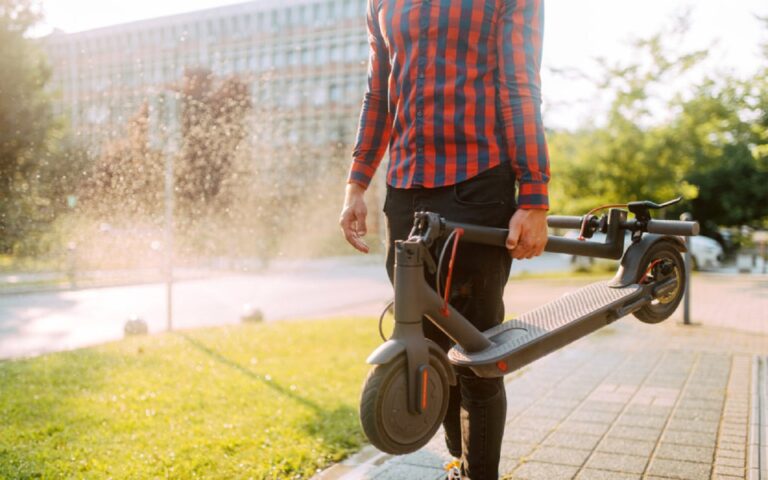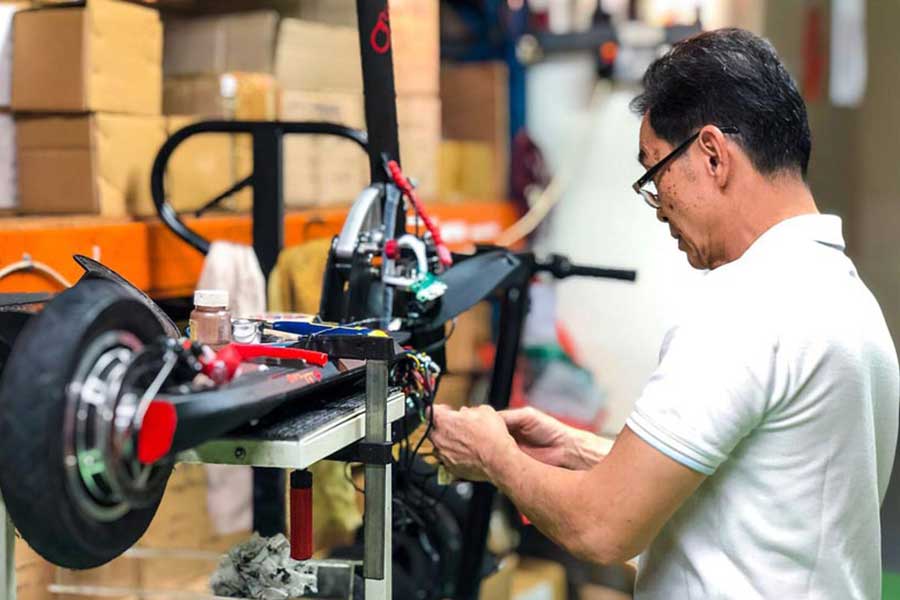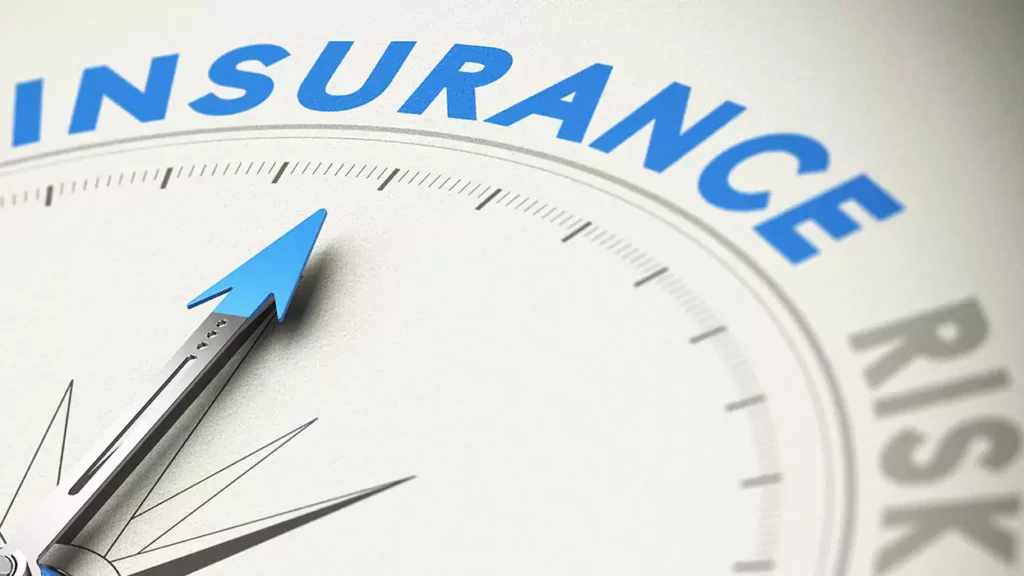A new year brings fresh goals. For many riders, that means simplifying daily travel, saving money, and shrinking their environmental impact with an electric scooter. The challenge isn’t deciding whether to ride—it’s figuring out which model actually fits your life. With so many specs, videos, and opinions out there, it’s easy to feel overwhelmed. This guide keeps things simple and practical so you can choose with confidence.
Why buy one at all? Electric scooters lower your carbon footprint, reduce fuel and parking costs, and add a bit of light movement to your day. But the best choice depends on how far you ride, how often, and where.
Start with the type of scooter. Entry-level models are designed to be forgiving: gentle power, stable handling, and reasonable speeds that let new riders build skills without stress. Once you’re comfortable, commuter-class scooters add the everyday durability most people want for short and medium city trips. If you’re chasing trails or rougher paths, off-road machines bring stronger motors, suspension, and traction—but they’re aimed at experienced riders who need that extra capability.
Battery and range matter more than you think. Most modern scooters use lithium-ion batteries because they’re light and recharge quickly. Capacity (measured in watt-hours) directly affects how far you’ll go on a single charge. Bigger packs go farther but take longer to recharge; many riders find the four-to-eight-hour window perfectly manageable if they plug in after work or overnight.
Don’t ignore weight and portability. One of the biggest reasons people love scooters is how easy they are to live with. A lighter frame makes stairs, transit, and car trunks simpler. Heavier builds often ride more smoothly and feel more powerful, but if you’re carrying the scooter often, that extra mass becomes a daily tax. Think honestly about your routine before you choose.
About speed and power. The internet makes high-speed riding look effortless. Real-world streets are different. For most new riders, motors in the 350–500 W range feel composed and predictable, with top speeds that are fun without being intimidating. If you later decide you need more punch, you can always upgrade; it’s better to start with control and confidence.
Brakes keep you out of trouble. Mechanical systems—disc, drum, or even a well-designed foot brake—deliver solid, repeatable stopping power. Electronic braking can add smooth deceleration and energy recovery. Many of the better scooters blend both approaches so you get a natural lever feel with added motor assistance when you need it most.
Budget sets expectations. Under $300 gets you the basics for very short trips. As you move through the mid-ranges, you’ll see improvements in range, comfort, and build quality that make daily use more pleasant. Higher-priced scooters introduce bigger batteries, stronger motors, suspension, and premium components for riders who demand more. Spend where it truly improves your commute rather than chasing specs you won’t use.
Bottom line. The right scooter matches your distance, your streets, and your comfort level. Decide how far you ride on a typical day, how often you’ll carry the scooter, and how much speed you realistically need. Start practical, learn your preferences, and upgrade only when you’re riding outgrows your first choice.
Frequently Asked Questions
Entry-level models with speeds under 25 km/h (15 mph) and simple controls give new riders a safe, stable start.
Most commuter scooters cover 20–35 km (12–22 miles); long-range models can exceed 60 km (37 miles) depending on rider weight and terrain.
Typical lifespan is 500–800 charge cycles, or 2–4 years with proper care and storage. Avoid fully draining the battery to extend life.
Not necessarily—quality brands use reinforced hinges and aluminum alloys that withstand daily folding without weakening.
Between $400 and $900 gets a reliable mix of range, comfort, and safety features for everyday urban use.




